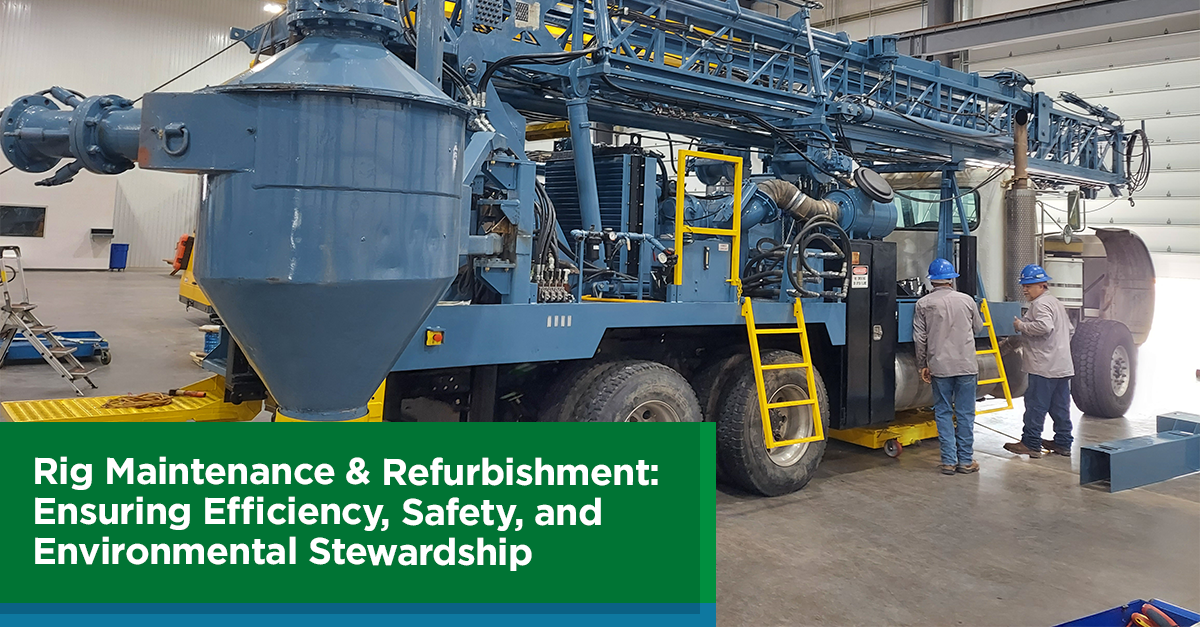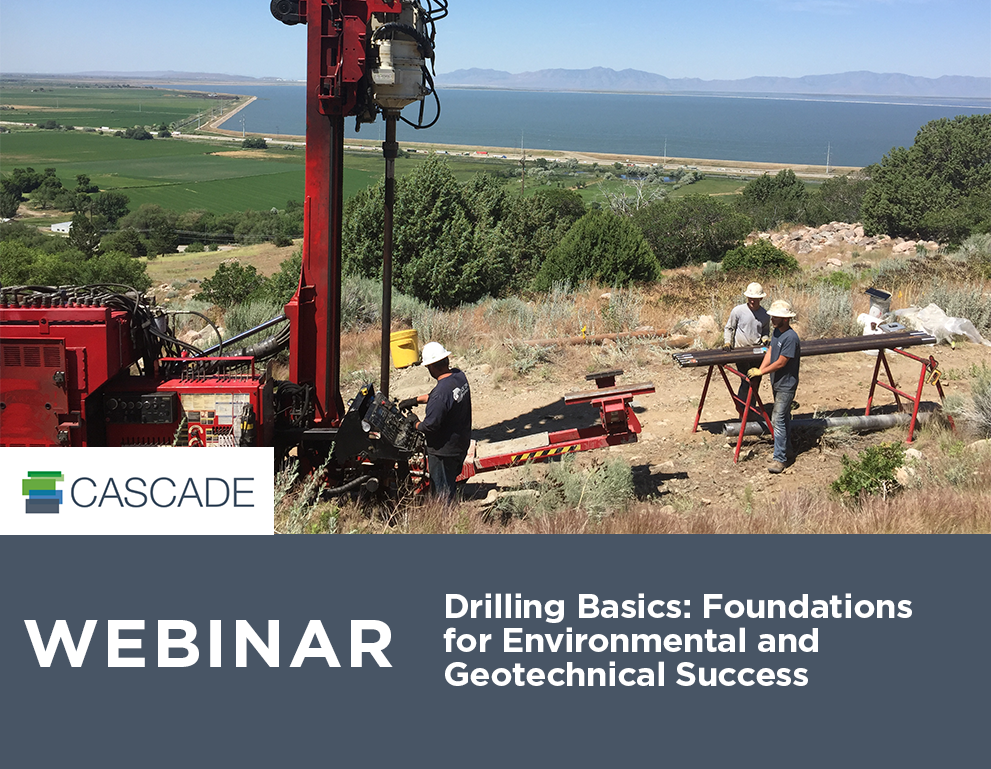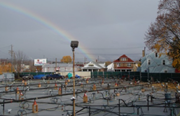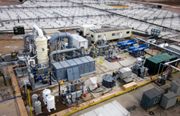How Does Heat Affect VOC Sampling in Sonic Core Samples?
By: Jim McCombsSonic drilling excels at collecting high-quality, continuous core samples in both unconsolidated and consolidated formations. It is also an efficient method for drilling through challenging overburden, such as mixed fill, while providing a detailed core sample from which a borehole log can be created. However, the process, at times, can generate heat in certain formations, potentially raising the temperature of the core sample during collection. This leads to a common question: Does the heat affect volatile organic compounds (VOCs) in the sample? In this blog post, we’ll explore that issue.
Why Is Heat Generated During Sonic Drilling?
Heat generation during sonic drilling varies and sometimes noticeable, but not always. This heat results from friction between the drill tooling and formation the tooling is penetrating. When these penetration rates are high (i.e. faster drilling), the heat buildup is minimal. Softer formations, such as loose sands, gravels, and clays, are easily penetrated, making them less challenging for VOC sample analysis.
However, harder formation such as cobbles, boulders, and caliche can generate more heat as sonic energy transfers down the drill string to advance the borehole. The slower the penetration, the more the heat accumulates in that zone. In extremely hard formations, sample temperature increases can be significant. To mitigate this effect, adjustments to the sonic drilling process and core tooling will be required.
How Does Heat Affect VOC’S That May Be In The Sample?
Quantifying the impact of heat on VOC concentrations during drilling process is challenging. Although it’s easy to measure the temperature of the core sample in the field once the core is extracted, it is more difficult to identify the exact impact this change has on the VOC levels in a sample in the field. However, we need to understand that all drilling methods generate some heat through friction, making it nearly impossible to establish a definitive “one size fits all” drilling program plan. Therefore, the importance of a site and formation specific drilling plan that includes field measurements of sample core temperature.
Other drilling methods such as air rotary and percussion drilling inject highly compressed air, which can influence measured VOC contaminant levels. Auger drilling can generate also heat in difficult formations through friction on the flights and split-spoon hammering. Mud rotary introduces drilling fluids that may alter sample conditions and also relies on driving a sampler. In challenging formations, every drilling method has limitations when it comes to penetration and collecting unbiased samples. However, sonic drilling often excels where other techniques struggle, providing superior sample integrity in difficult conditions where other technologies fail to penetrate. Also, sonic drilling, like a Swiss army knife, can offer alternative technical approaches.
How Do We Manage Heat Generation During Drilling And Sample Collection?
How can we mitigate heat buildup in the sample? First, we need to understand why it occurs. In most cases, excessive heat results from improper tooling selection for the formation, which can increase the friction to surface area ratio. Other times, it stems from taking excessively long core runs. Additionally, the experience of the well-trained sonic driller plays a critical role in recognizing and addressing this issue. Skilled drillers have many techniques to mitigate heat transfer to the sample.
Here are a few key strategies:
- Adjusting core barrel diameter and length to improve penetration rates and reduce friction. For example, larger cobbles require larger core barrel diameters as times.
- Modifying core bit and core barrel designs to enhance core retention efficiency.
- Using larger core sizes, allowing for sample selection from the core’s center—farthest from the tool steel.
- Minimizing the contact time between the energized tooling and the formation sample.
- Sampling very short discrete zones can also be one technique which may require special core bit selection.
As discussed, drilling techniques can influence core sample temperature, with effects ranging from negligible to significant. The sonic process should be thought of as a “three-legged stool,” where one leg represents the sonic drill, another the specialty tooling, and the third a well-trained sonic driller. An experienced sonic driller understands how to best mitigate heat transfer, ensuring better sample integrity.
If you need a contractor experienced with minimizing heat while sampling, request a quote.
ABOUT THE AUTHOR

Jim McCombs
Key Accounts Manager
Jim is a geologist and the Key Accounts Manager at Cascade. He has spent most of his career helping clients troubleshoot difficult environmental and geotechnical projects using sonic drilling technology. Jim is the go-to guy for drilling projects with difficult formations, solid buried waste, low thresholds for borehole deviation, and other challenging components. On the toughest sites, he often develops a rig platform and tooling modifications to overcome obstacles.












